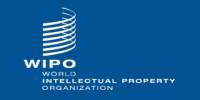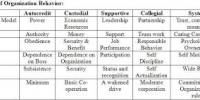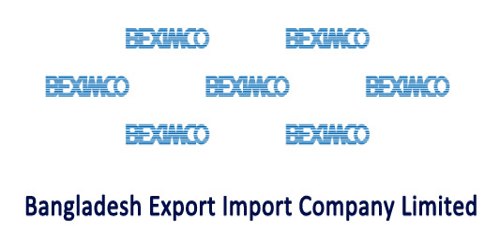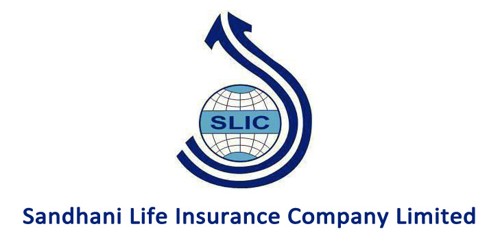About WIPO:
The World Intellectual Property Organization (WIPO) is one of the 17 specialized agencies of the United Nations. WIPO was created in 1967 “to encourage creative activity, to promote the protection of intellectual property throughout the world.
WIPO currently has 186 member states, administers 25 international treaties,and is headquartered in Geneva, Switzerland. The current Director-General of WIPO is Francis Gurry, who took office on October 1, 2008.185 of the UN Members as well as the Holy See are Members of WIPO. Non-members are the states of Marshall Islands, Federated States of Micronesia, Nauru, Palau, Solomon Islands, South Sudan, Timor-Leste, Tuvalu.Palestine has observer status.
* WIPO- World Intellectual property Organization.
* Established- 1967.
* Member-148
* Headquarter- Geneva, Switzerland
* Programmer and Budget: Presented by the director general to member states for approval.
Academy- Human Capital of developing countries is the key to their realizing the full benefits of the rational and substantial IP system.
History
* 1893- BIRPI (Predecessor of WIPO) established to administer Berne convention for the protection.
* April, 1970, WHO- established by the convention establishing the World Intellectual Property Organization.
1974, WIPO became a specialized agency of the UN.
Object :
Ant of the convention-
i) to promote the protection of intellectual property.
ii) to ensure administrative co-operation among the unions.
Function :
a) promotion of the development measures designed to facilitate the efficient protection of intellectual protection.
b) Shall perform the administrative task of Paris Union.
c) Participate in the administration of any other international agreement.
Critique on WIPO
1. Accelarates monopoly privileges:-
Continuous expansion of the privileges hampared and threatened other important systems of creativity and innovation.
2. One side fits all:It just focus on the meets and needs of capital list developed countries not the true benefit of community or humanity.
3. WIPO Development agenda less focus on developing & under developed countries.
iv) Prior concenn to power full intellect of Developed countries:
Recommendation proposed by Geneva Declaration:
i) General Declaration recommended that WIPO should follow the 1974 agreement to harmonize and improve the costs of intellectual property.
ii) It should adpot realistic vies of social benefits as well as it must support creative intellectual activities.
iii) For the 1st time WIPO has introduced real opportunity that its agenda is not only for the north and south but also for the all people and nations.
iv) It should enact treaties and conventions to harmonize the standards of monopoly.
v) It should consider and control the anti comparative practices and protect the consumer rights.
vi) The WIPO technical assistance programmes must be fundamentally reformed not only for developed countries but also for developing and under developed countries.
vii) Considering the limitations exceptions in palent and copy right law the WIPO must held developing countries.
viii) It should make a balance between creative individuals and commercial entities.
Functioning Committee:
6 committees
1. Standing committee on patent (SCP)
2. Standing committee on copy right and related rights (SCCR)
3. Advisory committee on enforcement (ACE)
4. Intergovernmental committee (IGC)
5. Traditional (Knowledge and folk love)
6. The working group on reform of the patent cooperation treaty.
Initiatives and Achievements :
1. Launched a new executive programe in response to demand for increasing sophisticated IP education.
2. Calculated the international trade in counterfeit and pirated products.
3. Plays leading role in encouraging the international co-ordination for enforcement related activities.
4. Provides extensive assistance to member states through training programs, case law, legislative advice and public awareness campaigns.
5. Runs 21 IP enforcement training courses in 2006 for members of the judiciary, law enforcement agencies and IP office staff.
Bibliography
http://www.wipo.int/portal/index/.en
http://www.wipo.int/’pctdb/en/’
http://www.wipo.mt/amc/en/index/
http://en.wikipedia.org/wiki/World_Intellectual_Property_Organization
http: //www. wipo. int/about-ip/en/
http://books.google:com/books?id=LiIOBXyPlF8C&dq:=wipo&printsec::::frontcover&sou
http ://www.copyright. gov/wipo/
http://www.wipo.int/clea/en/
















